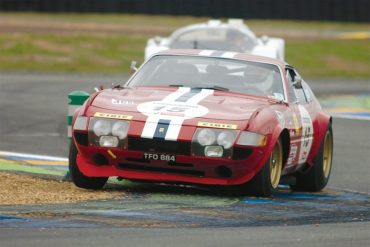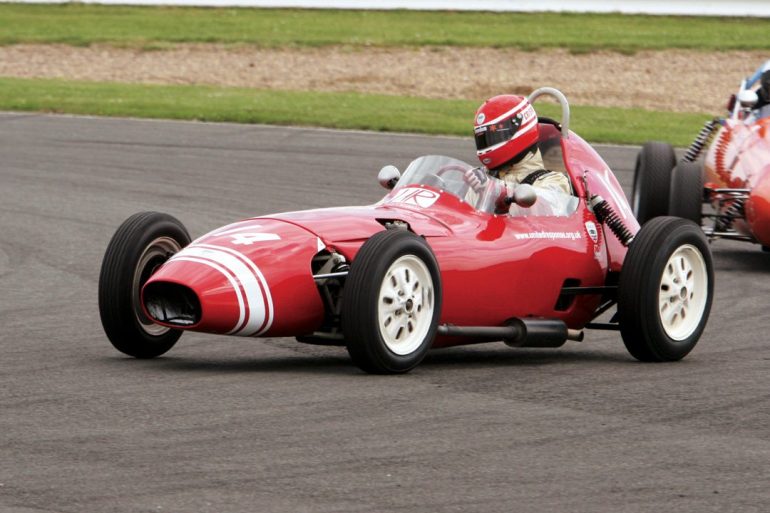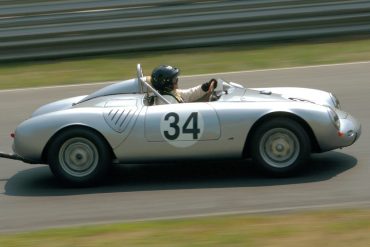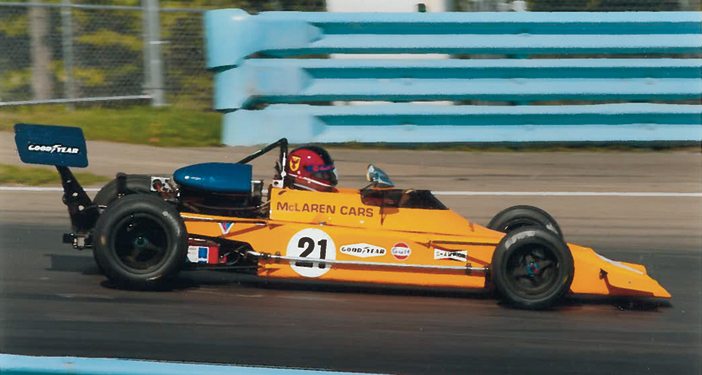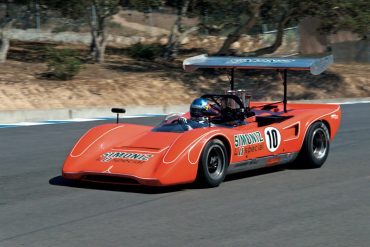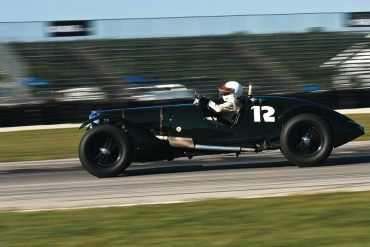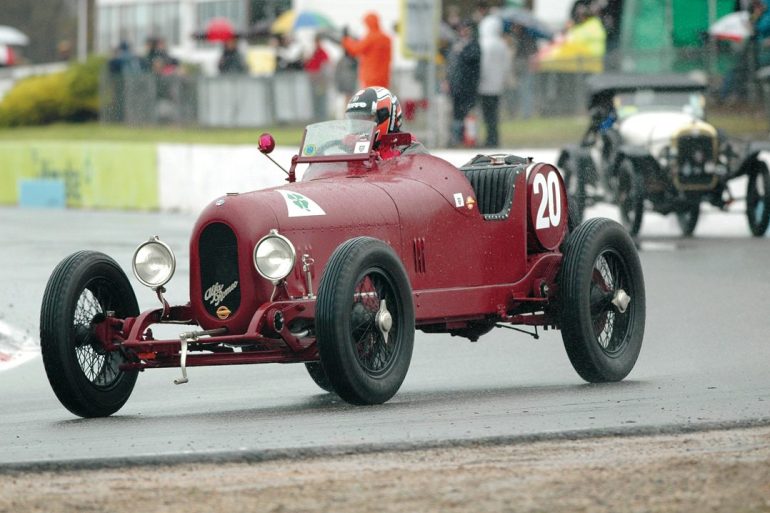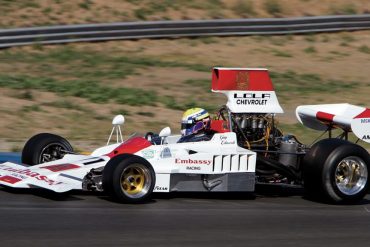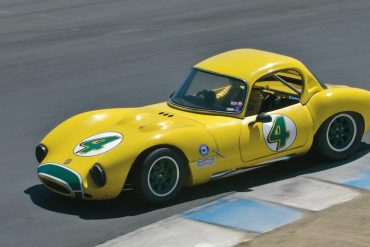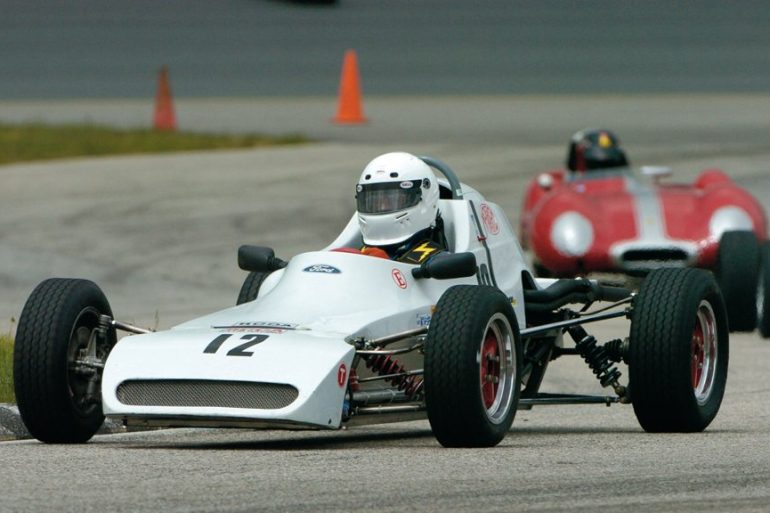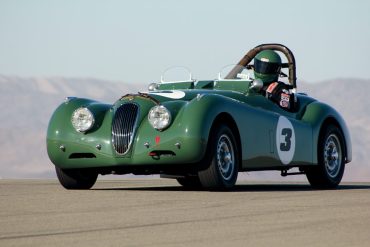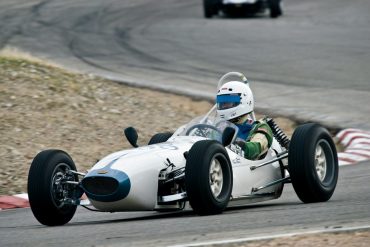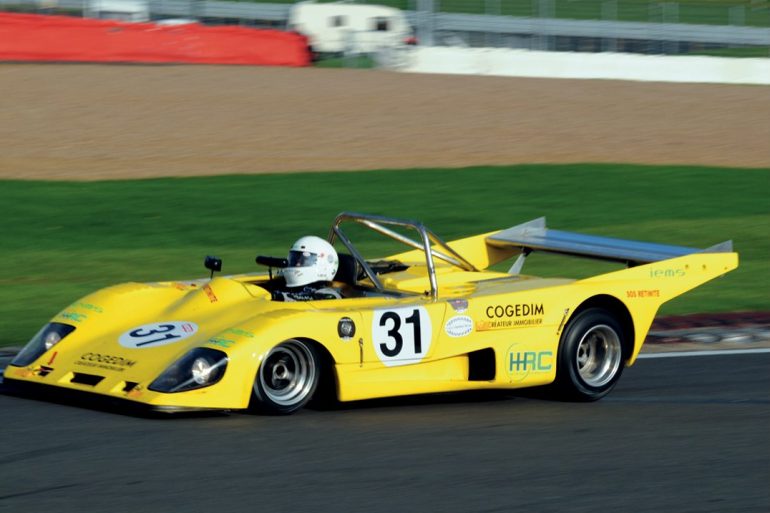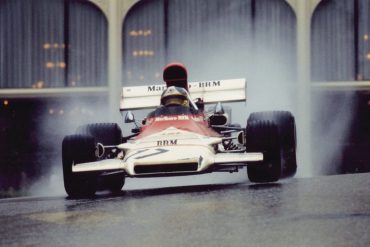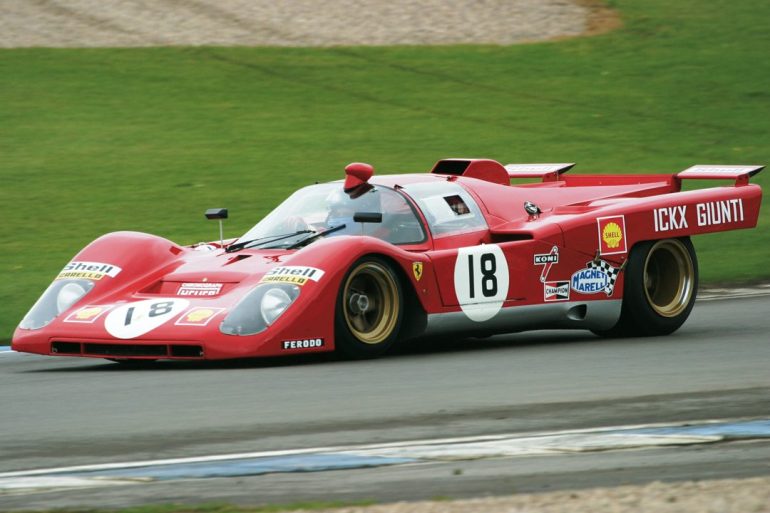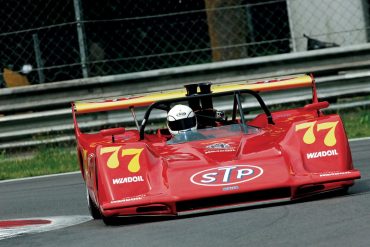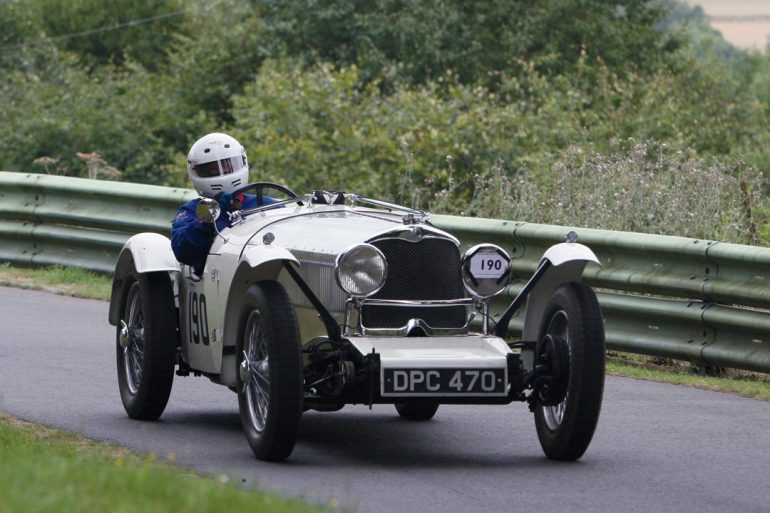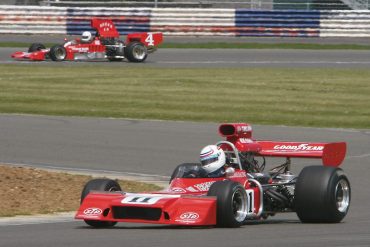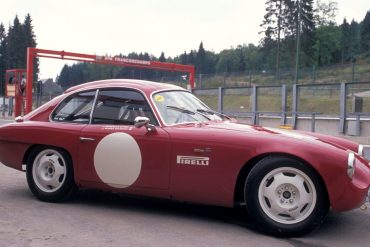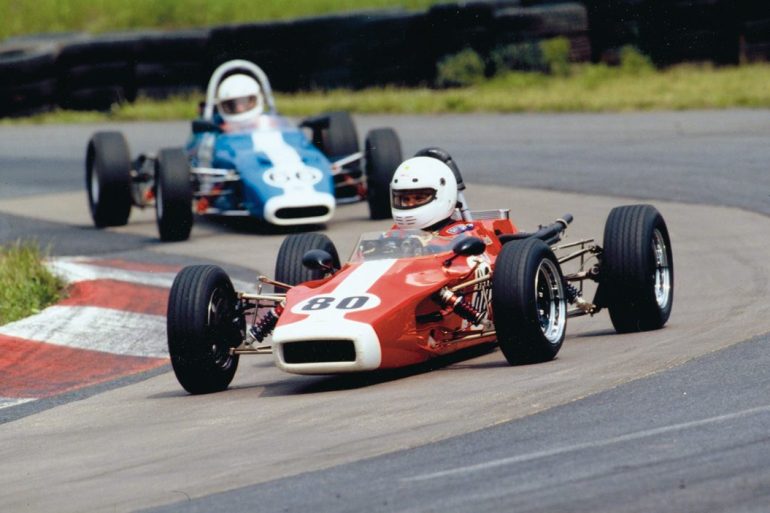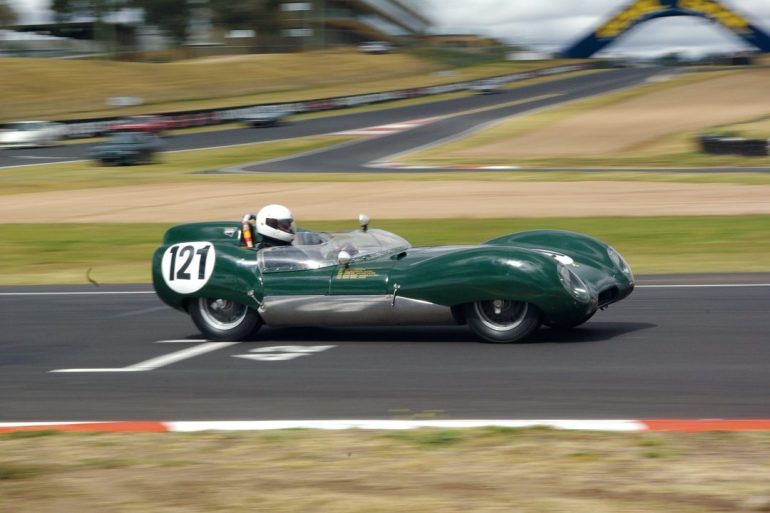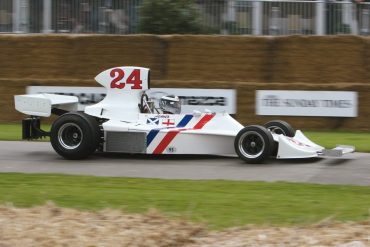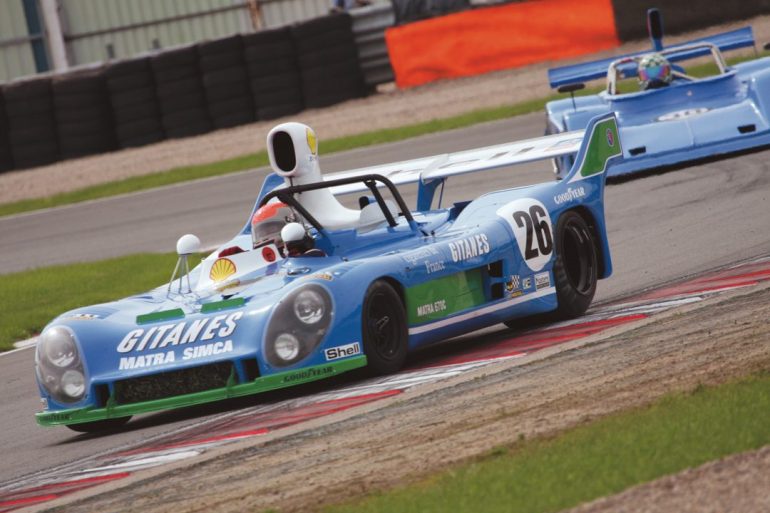Formula Ford was a specification racing series created on the idea that the best drivers would win if they were...
The over two-liter Grand Touring cars have always had a place to compete within the ever-changing regulations of international motorsports;...
The Formula Junior category was introduced in Italy in 1958 by Count Giovanni Lurani, and in 1959, it became an International Formula. Shortly thereafter, in 1960, the British began to take a serious interest in the category beginning the rivalry between British and Italian cars. The original FIA Formula Junior...
Two-liter sports racing cars have always had a place to compete within the ever-changing regulations of international motor sports: the...
After some fifty years of automobile racing, the Grand Prix Formula, or Formula One, was formed by the FIA (Federation...
From 1964-1978, a series of flat-bottomed formula cars were manufactured to serve as stepping stones to Formula One and the upper echelons of open-wheeled racing. In the late ’50s, Formula Two and Formula Three were consolidated into Formula Junior, but with that category’s demise at the end of 1963, F2...
The Canadian American Challenge Cup, co-sanctioned by the SCCA and the CASC, was essentially an “unlimited” series. Although there was...
From the very beginning of the automobile, man built cars to compete with his passion for speed and technology. These...
From the very beginning of the automobile, man built cars to compete with a passion for speed and technology. These early innovators are in an elite club with their place in automotive history guaranteed as the creators of a true classic sports car, a genuine thoroughbred. The development of the...
Formula 5000 was a racing series for open-wheel, single-seat racing cars built to a specific set of rules. The engine...
The under 2-liter Grand Touring (GT) cars have always had a place to compete within the ever-changing regulations of international...
Formula Ford was a specification racing series created on the idea that the best drivers would win if they were racing identical cars. The idea for this low-budget Formula was created by an Englishman named Geoffrey Clarke, who had a driver’s school called Motor Racing Stables based at the Brands...
Over 2-liter Grand Touring cars have always had a place to compete within the ever-changing regulations of international motorsports: the...
The Formula Junior category was introduced in Italy in 1958 by Count Giovanni Lurani, and in 1959 it became an...
Two-liter sports racing cars have always had a place to compete within the ever-changing regulations of international motor sports: the World Sports Car Championship from 1953–1961; the Speedworld Challenge from 1962–1963; the International Championship of Makes from 1964–1971; and the World Championship of Makes from 1972–1981. There was even a...
After some fifty years of automobile racing, the Grand Prix Formula, or Formula One, was created by the FIA (Federation...
From 1964 to 1978, a series of flat-bottomed, formula cars were manufactured to serve as a stepping stone to Formula...
The FIA sports prototypes were some of the most exciting purpose-built racing cars ever designed. They competed under the regulations set forth by the FIA (Federation International Automobile) in the International Championship of Makes from 1964–1971, and the World Championship of Makes from 1972–1981. The regulations changed somewhat as the...
The Canadian American Challenge Cup was co-sanctioned by the SCCA and CASC—it was a series nicknamed the “unlimited” series. Although...
From the very beginning of the automobile man built cars to compete, with a passion for speed and technology. These...
From the very beginning of the automobile, man built cars to compete with a passion for speed and technology. These early innovators are in an elite club, their place in automotive history guaranteed, as the creators of true classic sports cars, genuine thoroughbreds. The development of the racing sports car...
Formula 5000 was a racing series for open wheel, single-seater racing cars built to a specific set of rules. The...
The under 2-liter Grand Touring (GT) cars have always had a place to compete within the ever-changing regulations of international...
Formula Ford was a specification racing series created on the idea that the best drivers would win if they were racing identical cars. The idea for this low-budget formula was created by an Englishman named Geoffrey Clarke, who had a drivers school called Motor Racing Stables based at the Brands...
Over 2-liter Grand Touring cars have always had a place to compete within the ever changing regulations of International Motorsports;...
The Formula Junior category was introduced in Italy in 1958 by Count Giovanni Lurani, and in 1959, it became an...
Two-liter sports racing cars have always had a place to compete within the ever-changing regulations of international motor sports: the World Sports Car Championship from 1953–1961; the Speedworld Challenge from 1962–1963; the International Championship of Makes from 1964–1971; and the World Championship of Makes from 1972–1981. There was even a...
After some fifty years of automobile racing, the Grand Prix Formula, or Formula One, was formed by the FIA (Federation...
From 1964 to 1978, a series of flat-bottomed formula cars were manufactured to serve as a steppingstone to Formula One...
The FIA sports prototypes were some of the most exciting purpose-built racing cars ever designed. They competed under the regulations set forth by the FIA (Federation International Automobile) in the International Championship of Makes from 1964–1971, and the World Championship of Makes from 1972–1981. The regulations changed somewhat as the...



